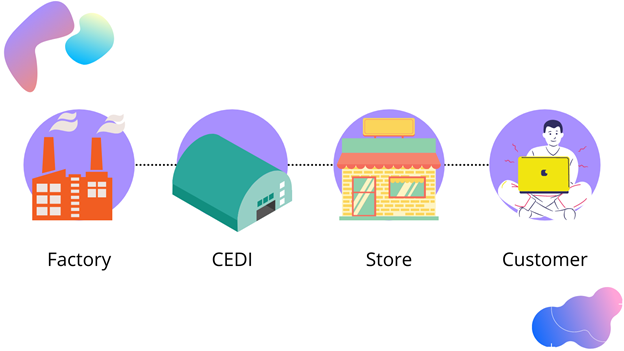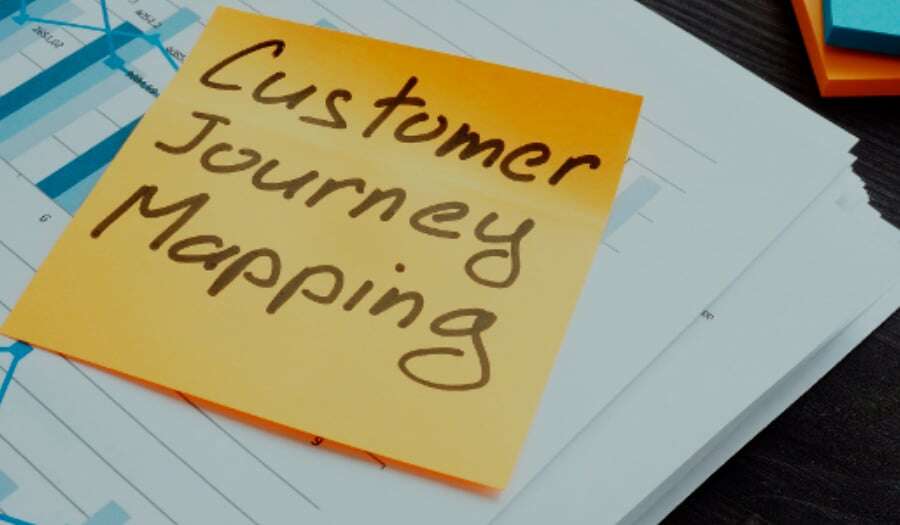Customer Journey in the Consumer Goods industry
The consumer goods industry, also called CPG (Consumer packaged Goods), in 2019 represented 635 billion dollars for the United States. It should be...
By Role
By Industry
By Target Customer
What We Offer
We drive business growth by improving operational efficiency through process optimization, smart automation, and cost control. Our approach boosts productivity, reduces expenses, and increases profitability with scalable, sustainable solutions
Customer Experience
We design memorable, customer-centered experiences that drive loyalty, enhance support, and optimize every stage of the journey. From maturity frameworks and experience maps to loyalty programs, service design, and feedback analysis, we help brands deeply connect with users and grow sustainably.
Marketing & Sales
We drive marketing and sales strategies that combine technology, creativity, and analytics to accelerate growth. From value proposition design and AI-driven automation to inbound, ABM, and sales enablement strategies, we help businesses attract, convert, and retain customers effectively and profitably.
Pricing & Revenue
We optimize pricing and revenue through data-driven strategies and integrated planning. From profitability modeling and margin analysis to demand management and sales forecasting, we help maximize financial performance and business competitiveness.
Digital Transformation
We accelerate digital transformation by aligning strategy, processes and technology. From operating model definition and intelligent automation to CRM implementation, artificial intelligence and digital channels, we help organizations adapt, scale and lead in changing and competitive environments.
Operational Efficiency
We enhance operational efficiency through process optimization, intelligent automation, and cost control. From cost reduction strategies and process redesign to RPA and value analysis, we help businesses boost productivity, agility, and sustainable profitability.
Customer Experience
Marketing & Sales
Pricing & Revenue
Digital Transformation
Operational Efficiency
Have you ever shopped at a supermarket, gone to a store looking for pants, or had lunch at a fast-food restaurant? Surely everyone, and if your answer is also affirmative, it means that you have been the final consumer in a retail process.
The retail sector is made up of merchants and marketing companies, be they small or large (for example, Walmart and Amazon are retailers) and they oversee providing the final consumer with the goods and services they need, although they are not the ones who manufacture the good. Basically, those in the retail sector are retailers and their main suppliers are wholesalers. Therefore, the retail sector handles the last link in the commercial chain.
Being in direct contact with the customer, for companies in this industry it is essential to provide the consumer with a process that meets their needs and exceeds their expectations.

Index
Challenges of the retail sector
As retailers, companies in this sector are in direct contact with the customer, whether through a physical store or e-commerce, this interaction involves a more personal treatment and customer service together with after-sales service become important.
When thinking that several of these products / services that the consumer acquires have a consumption frequency, which means that the need does not disappear after a purchase and if the client does not have a good experience at the first opportunity, will they want to go back to buy from you or will it look for your competition?
However, the main challenge for retailers today is technology, in the digital age consumers want to buy online and receive their product without having to leave home, or perhaps they want to go to the physical store, but surely, they investigated everything about your company before deciding to go in person.
Today there are many options in the market and multiple channels to acquire what you want, which is why companies must be present in different devices and channels, although always thinking about the buyer person and the most effective means. To learn more about the buyer person, you can read about How much you really know about the people who buy from your business.
It must be borne in mind that customers want efficient and flexible processes that adapt to their needs, not they adapt to the company that provides solutions.

How does the Customer Journey help?
As we have mentioned, consumer demands evolve over time. You must be able to understand your customer, how he wants to do the buying process, when he wants to do it and through what channels to take him through a process that invites him to return or recommend to others.
Why is all this related to the customer journey? Remember that the Customer Journey is the journey that the customer makes from the moment he identifies a problem until he makes the purchase that satisfies his need. The Customer Journey Map shows all the stages, the channels involved, the message that best adapts, the emotions felt by the customer, among other aspects. To read more on the subject, Customer Journey Map.
Through the customer journey, you understand the customer, analyze the current state of the process and then propose improvements to offer a complete experience.

Customer Journey in marketing, sales and service
The purchase must be conceptualized as a process, not separate actions, so it becomes important to synchronize the marketing, sales and service efforts.
In the retail industry, marketing efforts must be focused on the end customer, both marketing campaigns and communication, everything is aimed at the person seeking to solve a problem or satisfy a need.
The Customer Journey detects the early stages of the customer; the moment the need arises, look for solutions and create a list of options. About 70% of the customer's journey has already been completed when the consumer contacts the company, that is why the marketing strategy is important and to do so it is important to understand the purchase process.
Throughout this journey, marketing should be present offering consumers educational content through blogs, a website where they can find the solution to their problem, active social networks with charming images, videos, advertising, so many options! Applying the customer journey helps you define the way forward.

The consumer has his list of options and decides to contact the company for more information and specific inquiries, here he enters sales. In the same way, the customer journey guides this process and allows us to understand the best channels so that there is contact between the consumer and the company. Should the client write an email or a message on WhatsApp? Do you have a chat on the website or should a sales executive call? What if the customer prefers to go to the store? Defining the points of contact and the message that you want to give is key.
In this process there is also the service factor, the customer expects to be served in a specific way, they have expectations and if they are not met, they will not be happy, they could decide not to buy and even leave a negative review.
But applying the customer journey, it is understood what must be done to create the best experience for the buyer. Even the efforts should not stop at the end of the purchase, there may be an after-sales service that delights the customer and causes him to want to buy again.
In conclusion, since companies in the retail industry are in direct contact with customers and they oversee the final sale of products / services, it is essential to understand the customer journey to build the best experience in the buying process.

The consumer goods industry, also called CPG (Consumer packaged Goods), in 2019 represented 635 billion dollars for the United States. It should be...

Are you interested in the word delight once you hear it? In the field of customer experience, this word is used to refer to creating a positive...

Have you ever thought that the process of your purchase or of any person implies a previous process until you make or carry out the transaction?